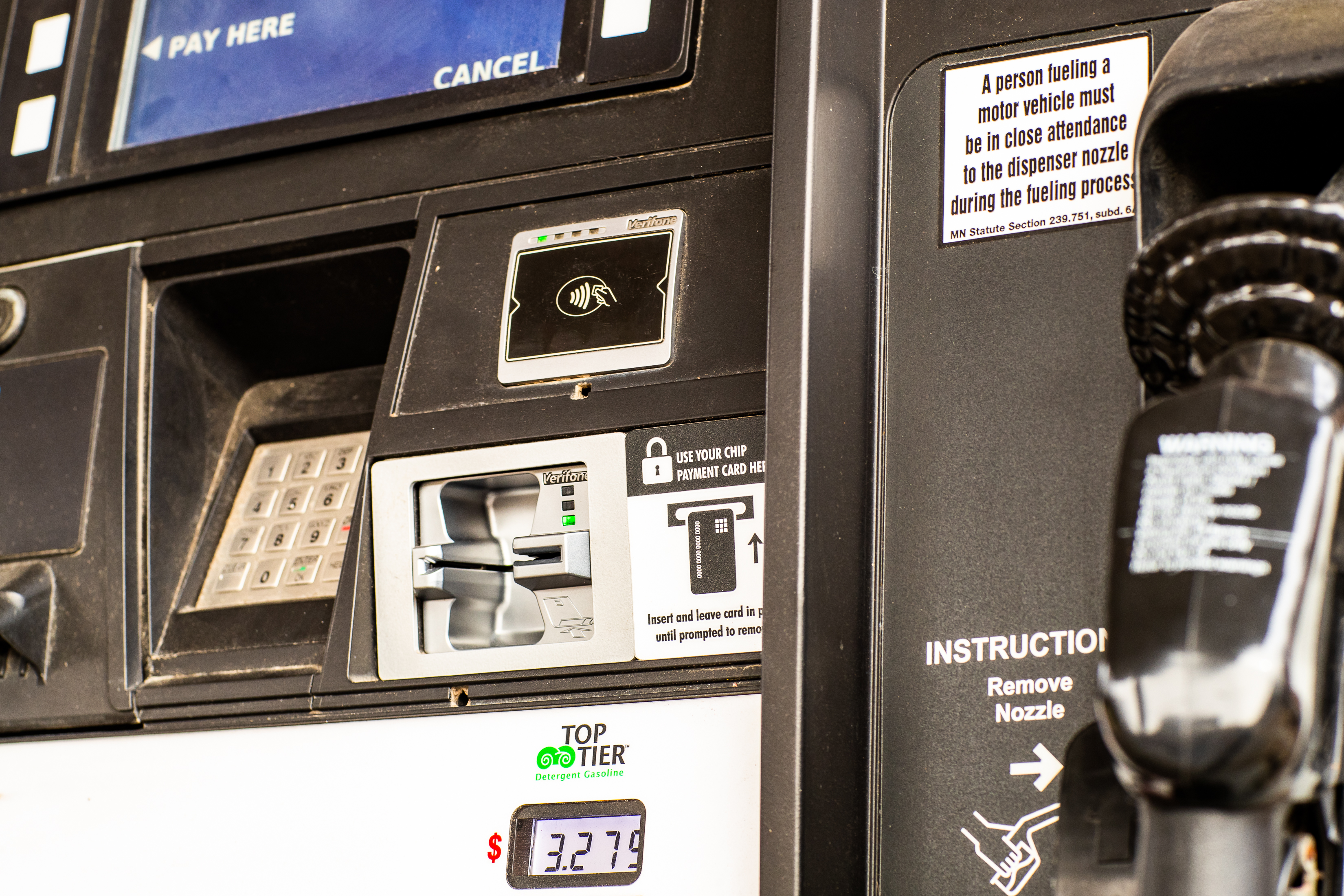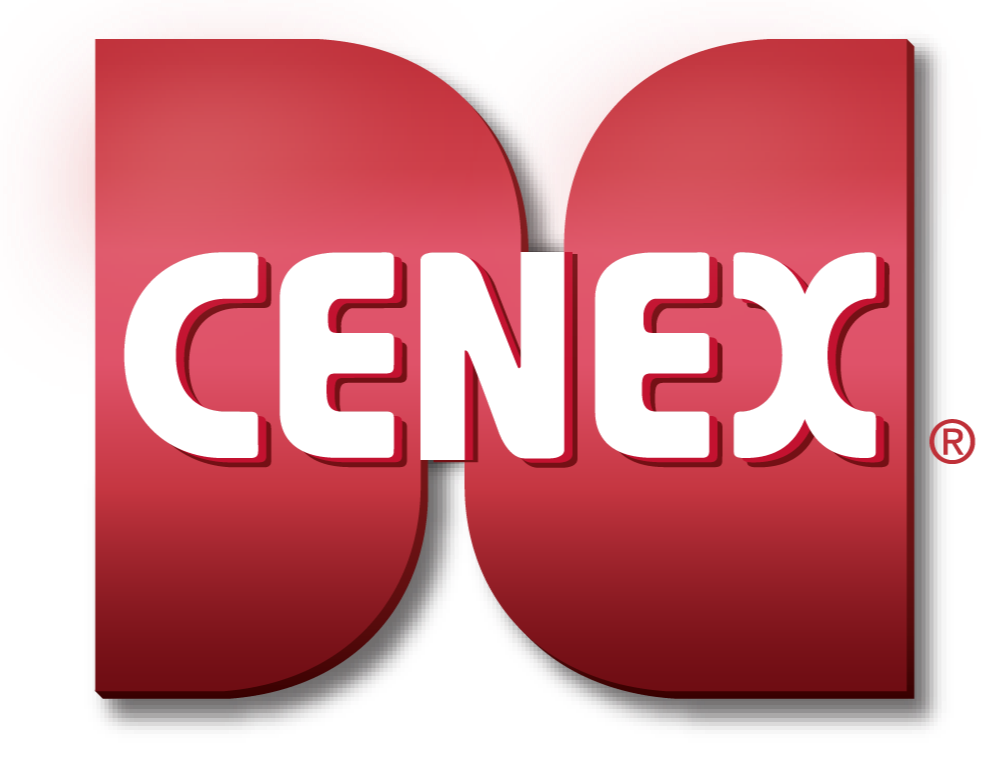U.S consumers and businesses swipe credit cards at fuel pumps to pay for fuel every day. Authorizing these transactions can be challenging because the amount of fuel being purchased is unknown until the transaction is complete. When the amount of the transaction is known, the credit card is then authorized for that final amount.
To authorize a credit card at a fuel pump, each card brand has different rules and processes. One of the more popular ways is to send the card issuer an authorization amount of $1 to validate the account is in good standing. If approved, the
customer is then allowed to purchase fuel up to a dollar limit set by each credit card brand. If a merchant exceeds that dollar limit, the amount over the dollar limit can be charged back to the merchant. Some card brands also charge higher
fees for going over the set dollar limits.

Another way to authorize a credit card at a fuel pump is to send the expected amount of fuel to be purchased, for example $125, to the card issuer to approve. If the transaction is approved, the card issuer will hold $125 of the customer’s
credit line until the completed sale is received. One drawback is if the customer checks their account and sees the $125 authorization, they may be confused since they didn’t purchase $125 worth of fuel. Another drawback is
if the customer only purchases $25 and the completed sale is not received in a timely manner, the extra $100 is held from their line of credit, limiting their ability to make additional purchases.
In the fall of 2021, at the Merchant Advisory Group (MAG) Annual Conference, the Petroleum retailers discussed the topic of fuel pump authorization dollar limits, and, at the time, most believed $125 was sufficient for most consumers. With
gasoline at $3 per gallon, a customer could purchase 41.6 gallons of fuel, which is enough to fill most vehicles.
By March 2022, fuel prices had skyrocketed passed $4 per gallon with some states surpassing $6. At $5 per gallon, a customer is only able to purchase 25 gallons of fuel. More than 50% of new pickup truck models in the U.S. have fuel tanks
bigger than 25 gallons, so they are unable to fill their tank in one transaction. A second transaction is inconvenient for the customer and increases the fees a merchant pays because per-transaction fees are paid twice.
These higher fuel prices make it clear that the credit card authorization dollar limit needs to be increased. Merchants had spent thousands of dollars upgrading their equipment to accept EMV chip cards to help stop counterfeit fraud and should benefit
from their investment by having higher authorization dollar limits.
Several merchants contacted their card brand account representatives directly to request an increased authorization amount. Additionally, several merchants reached out to the MAG for additional support. The MAG has regular interactions with
the card brands and helps represent member merchants in discussions to lead change.
In late spring 2022, Visa, Mastercard, and Discover announced an increase in the pump authorization dollar limits to take place on May 22, 2022. Each card brand has different rules and amounts based on card type, but for most consumer transactions,
the dollar limit is set at $175. With a $175 authorization dollar limit and fuel at $5 per gallon, a customer can purchase 35 gallons, enough to fill most vehicles.
In the summer months, it is normal for fuel prices to climb in the U.S. due to supply and demand. For now, $175 per transaction appears to be enough for transactions, but the future of fuel costs is unknown and we’re unsure if increased authorization limits are a long-term or short-term solution. It is clear, however, that merchants’ collective voice can make a positive difference.

